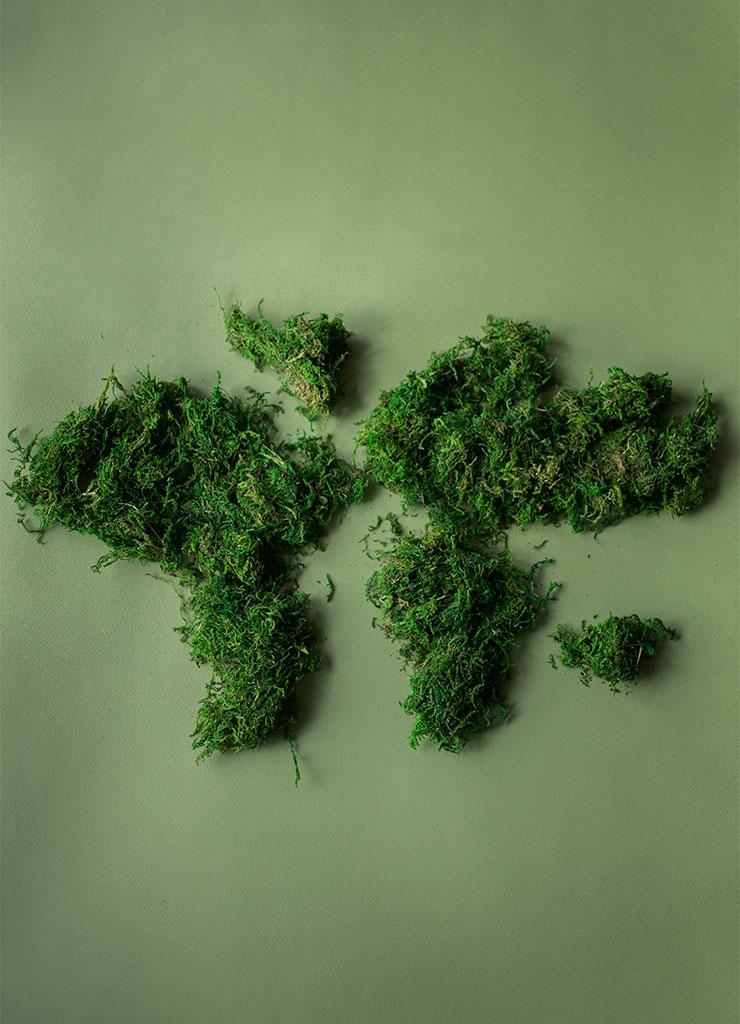2021 was a record year in the Green field for Europe: 20,000 total renewable gas plants, with Italy taking a place on the podium thanks to its 2,000 plants.
The environmental benefits of biogas and its derivative, biomethane, are well known today: reduction of air pollution and the problem of waste disposal, decarbonization of transportation, and energy production from renewable sources.
Biogas and biomethane, excellent substitutes for fossil fuels, are thus symbols of the energy transition and of a circular economy.
Even Edison, realizing the potential of renewable gas, is heavily involved in the construction of these plants.
The company “La Castellana” in Corbetta (Milan) is established as a pioneer in this field at the Italian level. Its first biogas plant was dates to 2006, and in 2019 it added the second one dedicated to the production of biomethane.
“La Castellana” is a farm that cultivates 900 hectares of field and raises about 15 thousand pigs. It gets its electricity and biomethane from waste (second crops and animal slurry).
It has a production capacity of 450 cubic metres per hour: the farm is not only energy self- sufficient, but in this way it also saves 70 thousand euros a year in heating costs, ensures that biomethane is fed into the public grid, and produces digestate, an organic fertilizer that allows reducing the use of chemicals.
A perfect example of sustainable agriculture and circular economy.
The availability of gas is a more current necessity than ever: in order to remedy Russia’s “blackmail”, coal-fired power plants – highly polluting and harmful to the environment – have been reopened. However, there are other ways to produce energy in a responsible and environmentally friendly way, a path that the Codigoro-based company “Leona” has also decided to embark on.
In 2020, a 7-hectare plant was built: using the waste from its own agriculture, the company is autonomous in the production and sale of biomethane, and in addition to this, digestate is also produced at zero cost, thus remedying another problem derived from the Russian-Ukrainian clash: the shortage of fertilizers.
These two circular economy models work and are the optimal solution not only to escape Russia’s “blackmail”, but also to minimize environmental impact.
However, these are models that currently work only on a small scale, which is why it is important that more and more companies convert to renewable energy. By playing as a team, we will not only become more independent of chemistry, but also more sustainable.
Photo created by Monstera on Pexels
